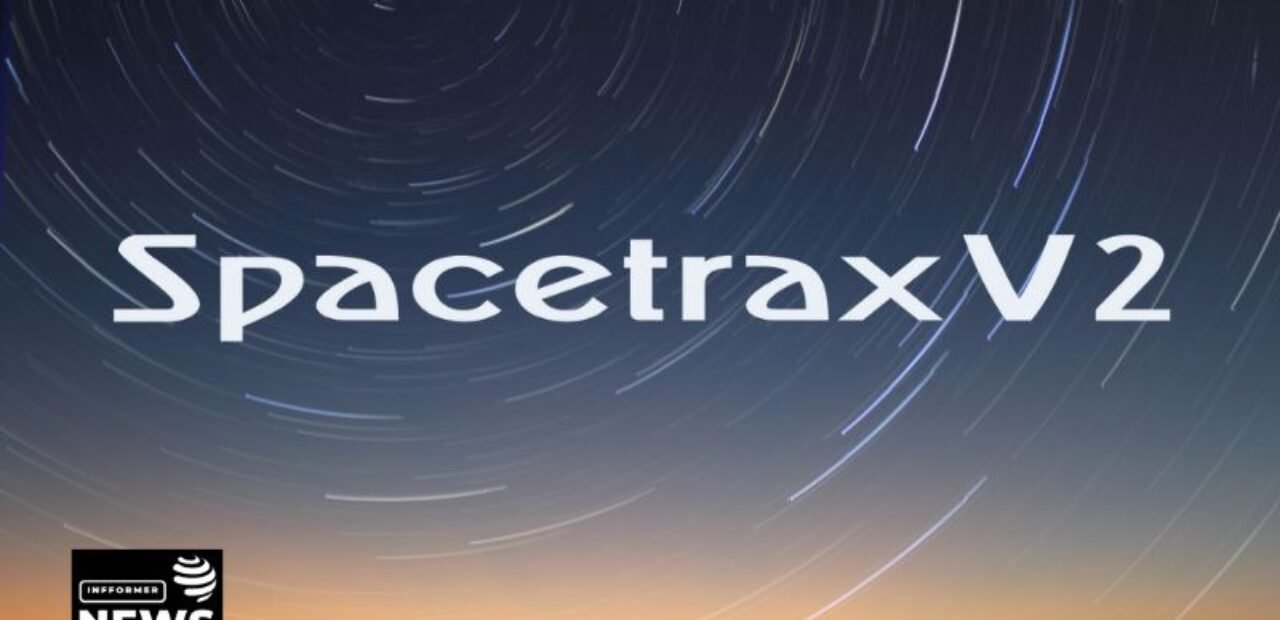SpacetraxV2: A Deep Dive into the Future of Space Exploration Technology
In the rapidly evolving world of space exploration, the SpacetraxV2 has emerged as a groundbreaking innovation. With advancements in artificial intelligence, satellite technology, and data processing, SpacetraxV2 is redefining how we approach the challenges and potentials of outer space. This article explores the functions, potential applications, and future impact of SpacetraxV2 on space research, satellite communications, and beyond.
The Vision Behind SpacetraxV2
At its core, SpacetraxV2 is designed to overcome limitations faced by previous space-tracking and data-gathering systems. Developed with the intention of bridging data gaps between Earth and its orbiting satellites, SpacetraxV2 optimizes the real-time data transfer essential for research institutions, commercial entities, and governments. Equipped with sophisticated processing algorithms, it is capable of capturing and relaying a range of space-based data, from meteorological patterns to satellite positioning. This not only broadens our capacity to monitor space phenomena but also enhances the accuracy of data required for mission-critical decision-making.
Core Features of SpacetraxV2
Advanced Satellite Tracking
One of the major innovations with SpacetraxV2 is its ability to track satellites with unprecedented accuracy. The system employs an array of high-precision sensors and machine learning algorithms that continuously learn and improve. These sensors enable real-time tracking of multiple satellite systems, which is essential for mitigating risks such as collisions and malfunctions.
Moreover, the satellite tracking capabilities of SpacetraxV2 contribute to more efficient resource management. Instead of relying on periodic updates from space agencies, SpacetraxV2 allows for continuous tracking that provides insights into satellite positioning and status on a moment-by-moment basis, making it an invaluable tool for the growing number of private companies and research institutions deploying satellites in low-Earth orbit.
High-Speed Data Processing
Processing and analyzing data in real-time is critical in the context of space missions. With SpacetraxV2’s high-speed data processing capabilities, information is rapidly collected, analyzed, and transmitted. Unlike conventional systems that may encounter delays due to data volume or processing bottlenecks, SpacetraxV2 is engineered to handle high-throughput data efficiently. This feature is particularly useful for scientists conducting research on transient space events, such as solar flares or cosmic radiation bursts, where time-sensitive data is crucial.
Autonomous Operations
A unique aspect of SpacetraxV2 is its autonomous operational capability. The system can detect anomalies or issues with satellites autonomously, such as deviations from intended flight paths or unexpected hardware malfunctions. When issues are detected, SpacetraxV2 is equipped to initiate corrective measures without requiring intervention from ground control. This autonomy drastically reduces the response time needed to address critical issues, making space operations safer and more resilient against unforeseen disruptions.
Versatile Application Potential
While the immediate applications of SpacetraxV2 focus on tracking and data relay, the technology has a wide array of potential uses. SpacetraxV2 can support agricultural monitoring, environmental tracking, disaster response, and even urban planning. The precision and adaptability of the system make it highly versatile, with the potential to impact multiple fields beyond space exploration. In the near future, SpacetraxV2 may become an integral part of national security operations, scientific research, and even commercial endeavors like space tourism.
The Impact of SpacetraxV2 on Modern Space Exploration
The development of SpacetraxV2 represents a significant leap forward in modern space exploration. With space becoming an increasingly competitive and crowded domain, technologies like SpacetraxV2 are vital for maintaining order and enhancing cooperation among nations and companies. The ability to closely monitor satellite movements and analyze data with such precision minimizes the risks associated with crowded orbits, a critical concern as the volume of space-bound hardware continues to grow.
Furthermore, by reducing the time and effort required to process data, SpacetraxV2 allows research teams to dedicate more time to interpretation and analysis, thereby accelerating scientific discoveries. The autonomous functionality of SpacetraxV2 adds a layer of safety and security to space operations, making it possible to quickly respond to emergencies, whether they involve natural phenomena or satellite malfunctions.
How SpacetraxV2 Addresses Key Challenges in Space
Orbital Debris Management
One of the most pressing issues in space is the accumulation of orbital debris, which poses threats to both operational satellites and crewed missions. SpacetraxV2 contributes to debris management by tracking not only operational satellites but also non-operational objects. By maintaining a clear map of potential debris, it aids in planning maneuvers that prevent collisions, thus extending the lifespan of satellites and safeguarding missions.
Enhancing Data Security
Data security is paramount in space exploration, especially given the strategic importance of satellite data. SpacetraxV2 employs state-of-the-art encryption protocols and cybersecurity measures, ensuring that data transmitted between satellites and Earth-based systems is secure from interception or tampering. This is particularly crucial for government and defense applications, where the integrity of satellite data has national security implications.
Future Prospects of SpacetraxV2
The potential future developments for SpacetraxV2 are vast. As space technology advances, there is a push to make systems more efficient and adaptable. Future versions of SpacetraxV2 may integrate artificial intelligence more deeply, enhancing its autonomous decision-making capabilities and predictive analytics. Additionally, with the ongoing expansion of space exploration beyond Earth’s orbit—towards the Moon, Mars, and beyond—SpacetraxV2 could evolve to monitor interplanetary missions, becoming a central component of deep-space tracking networks.
The versatility of SpacetraxV2 makes it well-suited for adaptation to upcoming challenges and opportunities in space exploration. As missions become more complex, with multiple spacecraft and satellites operating in tandem, the role of a centralized and highly capable tracking system like SpacetraxV2 will only grow in importance.
Conclusion
In summary, SpacetraxV2 stands at the forefront of space exploration technology, offering robust tracking, data processing, and autonomous operational capabilities that address key challenges in modern space missions. Its versatile applications extend well beyond traditional space exploration, impacting fields such as agriculture, environmental science, and urban planning. By enhancing our capacity to monitor, process, and secure space data, SpacetraxV2 not only improves the safety and efficiency of current missions but also paves the way for more ambitious future endeavors. As technology progresses, SpacetraxV2 is set to play a foundational role in humanity’s quest to explore and understand the universe.





























































